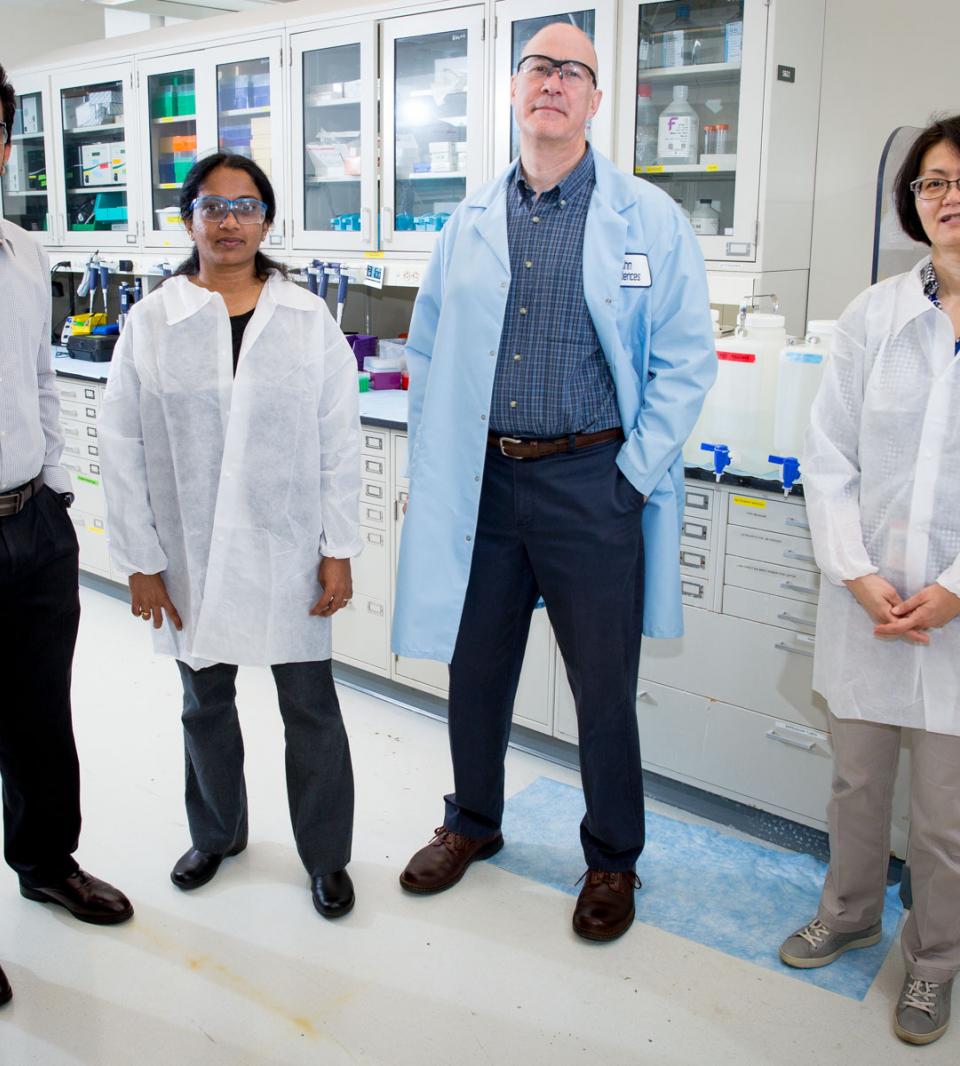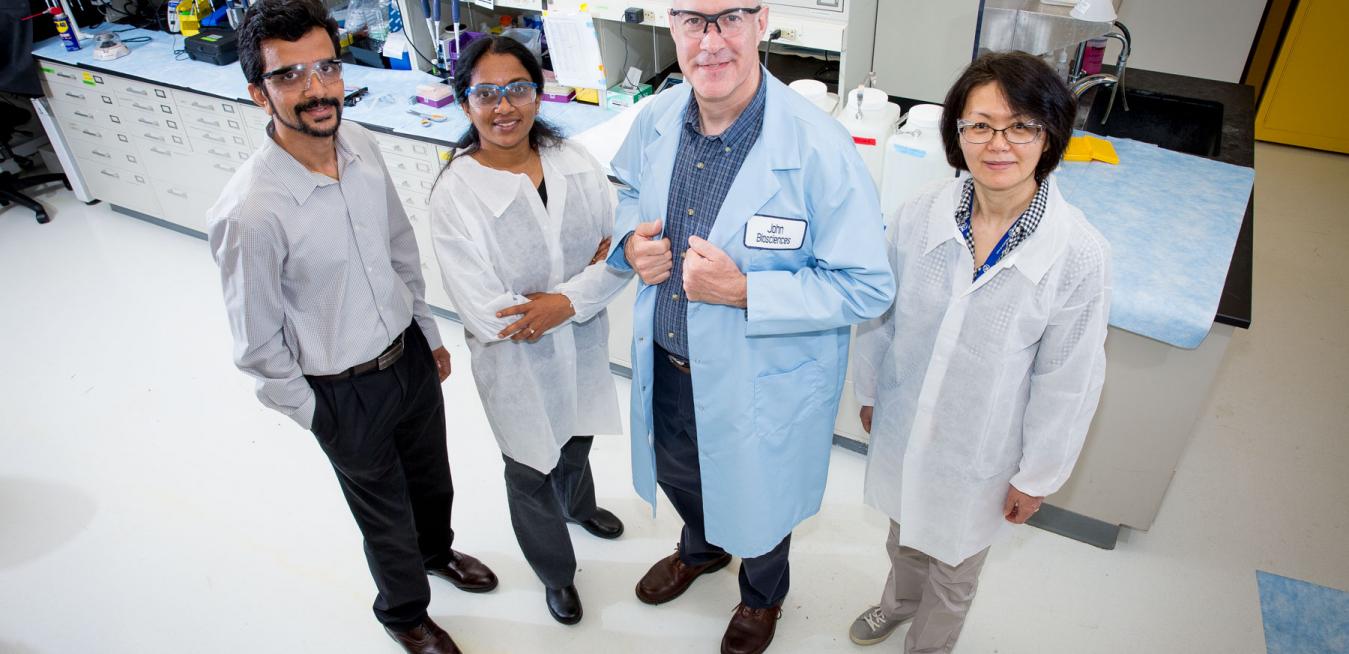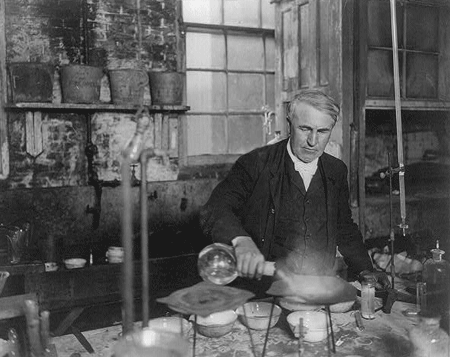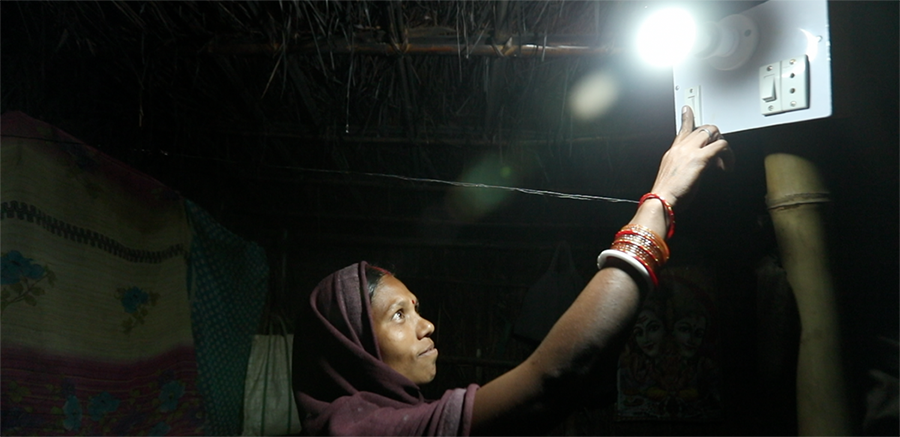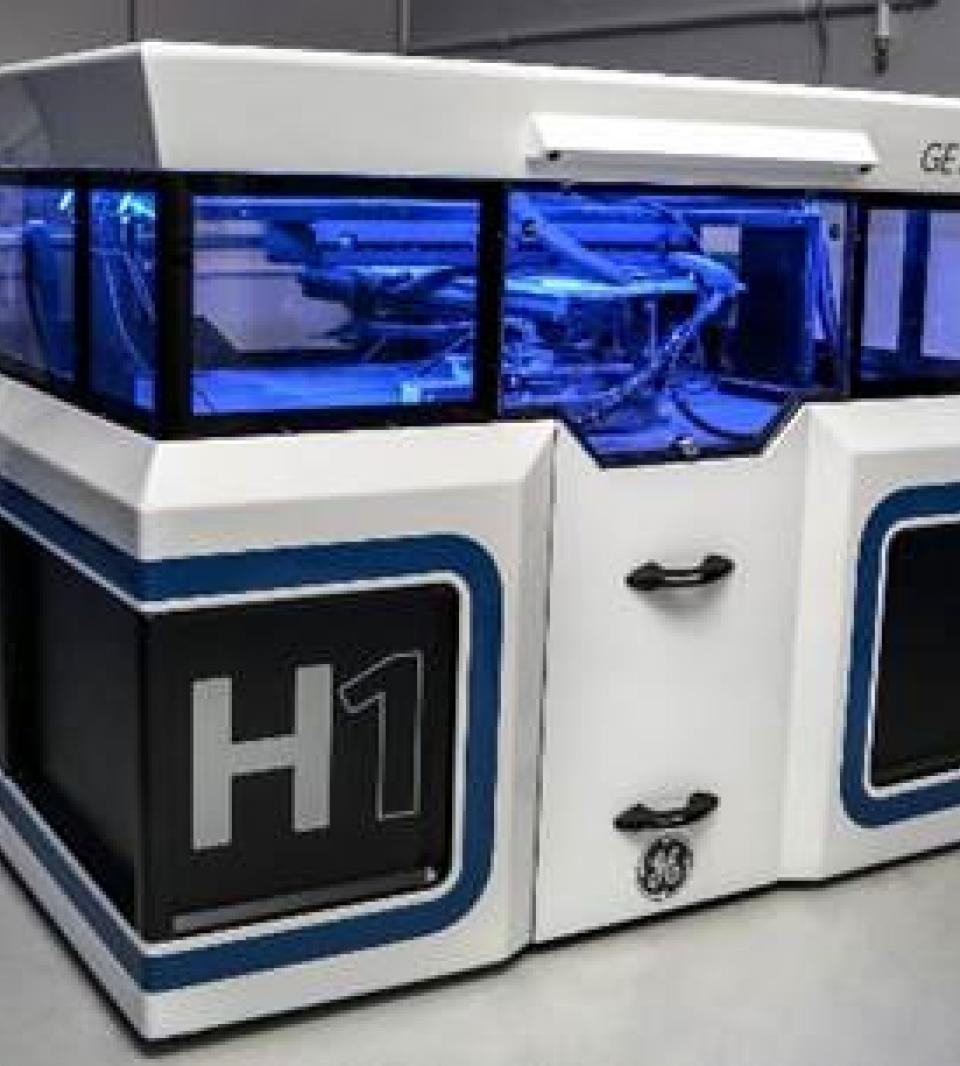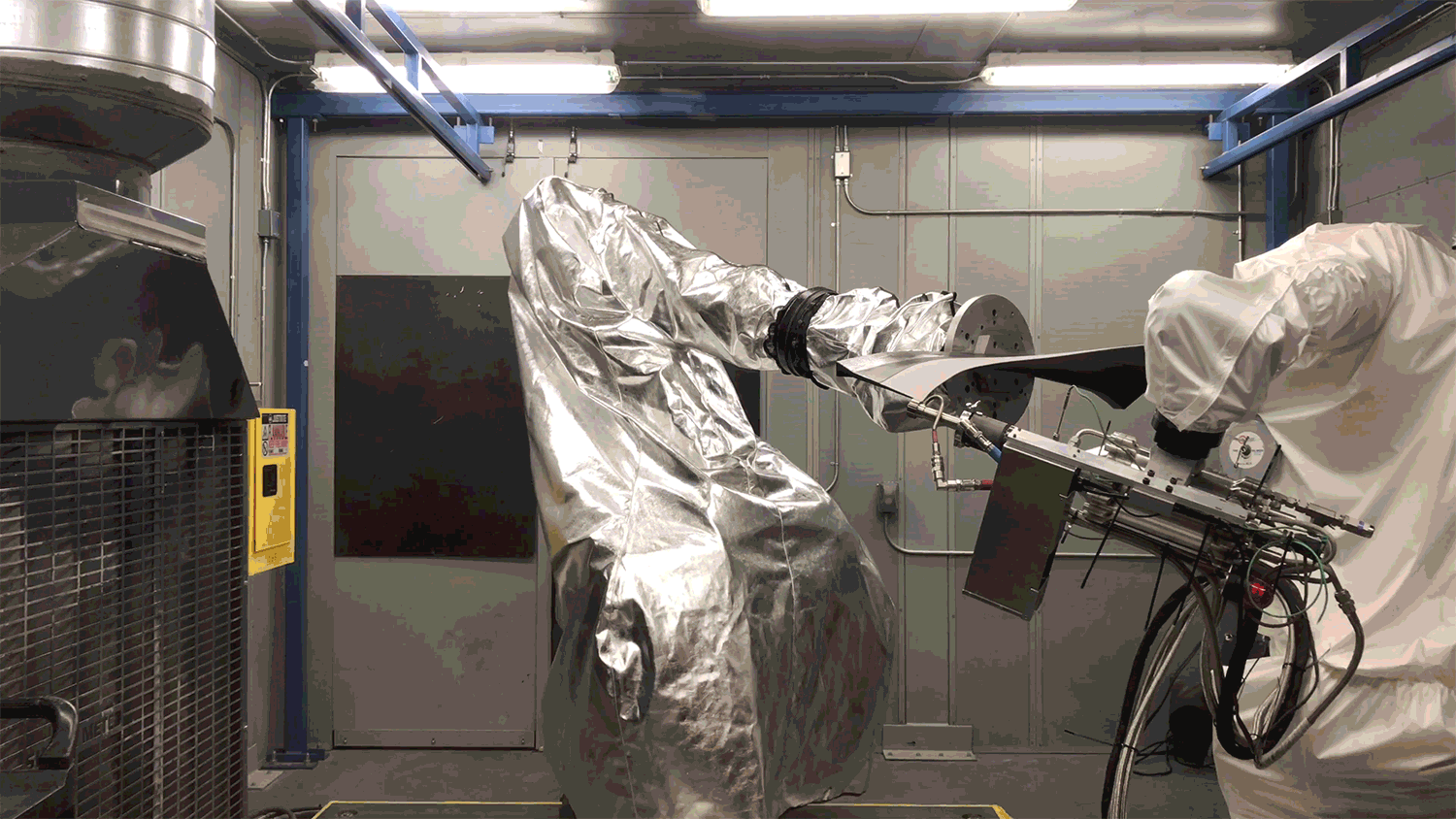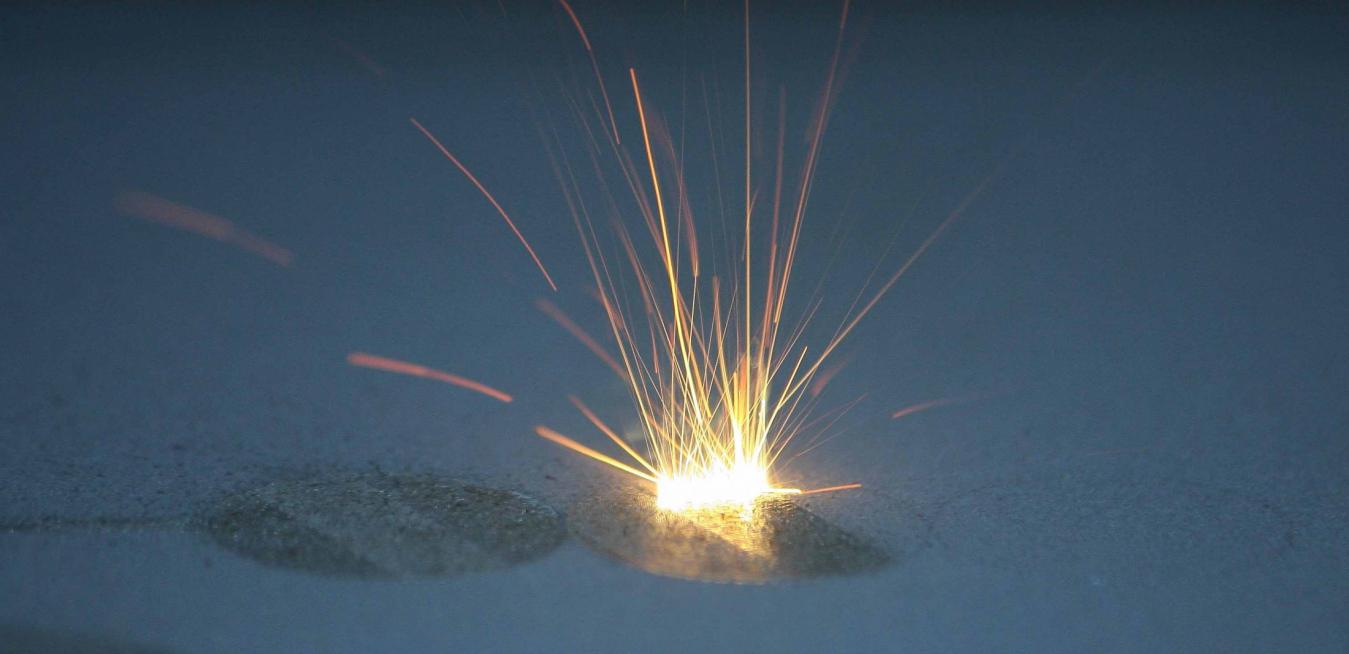The World Health Organization declared that smallpox had been eradicated in 1979, but the possibility that variola, the virus that causes this deadly illness, could surface in the form of a bioweapon engineered in a lab has worried military and public health planners ever since. A weaponized version immune to existing vaccine stockpiles could put billions of people at risk. In the event of an attack, scientists would have precious hours to develop and mass-produce an antidote.
You know the drill from TV. Forensics experts scour a crime scene, using cotton swabs resembling Q-tips to collect forensic samples left by criminals on doorknobs, table surfaces and other areas.
Samuel Hopkins’ improvement on “the making of pot ash and pearl ash” was not nearly as important as, say, Thomas Edison’s incandescent light bulb or Wilbur and Orville Wright’s “flying machine.” Instead Hopkins’ claim to fame is that his was the first patent issued in the United States, by President George Washington in 1790.
When GE Global Research Center engineer Jayesh Barve arrived in Behlolpur, India, in February, he found children and adults from this remote village learning to read and write with the help of a new computer. The sight overwhelmed him. As recently as last fall, Behlolpur, located in Bihar province, had no electricity — much less computers. Villagers rose with the sun and lit candles or oil lamps at night, just like their ancestors centuries ago.
GE engineers recently built and tested 30 different prototypes of a complex, football-size jet engine component. Thanks to cutting-edge 3D-printing technology, they were able to reach the perfect design in just 12 weeks. This is remarkable considering it would take several years to iterate on that many designs using traditional casting methods.
